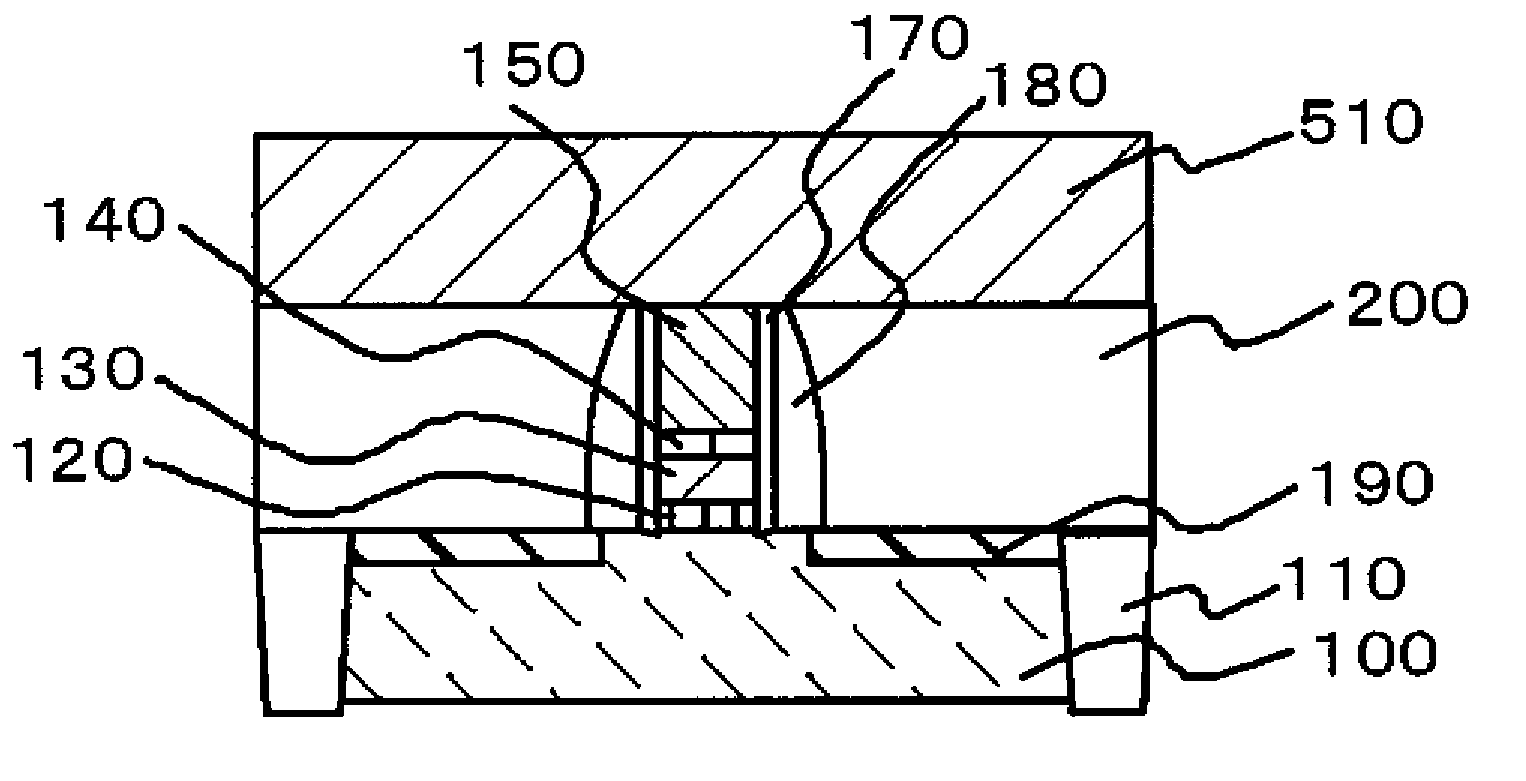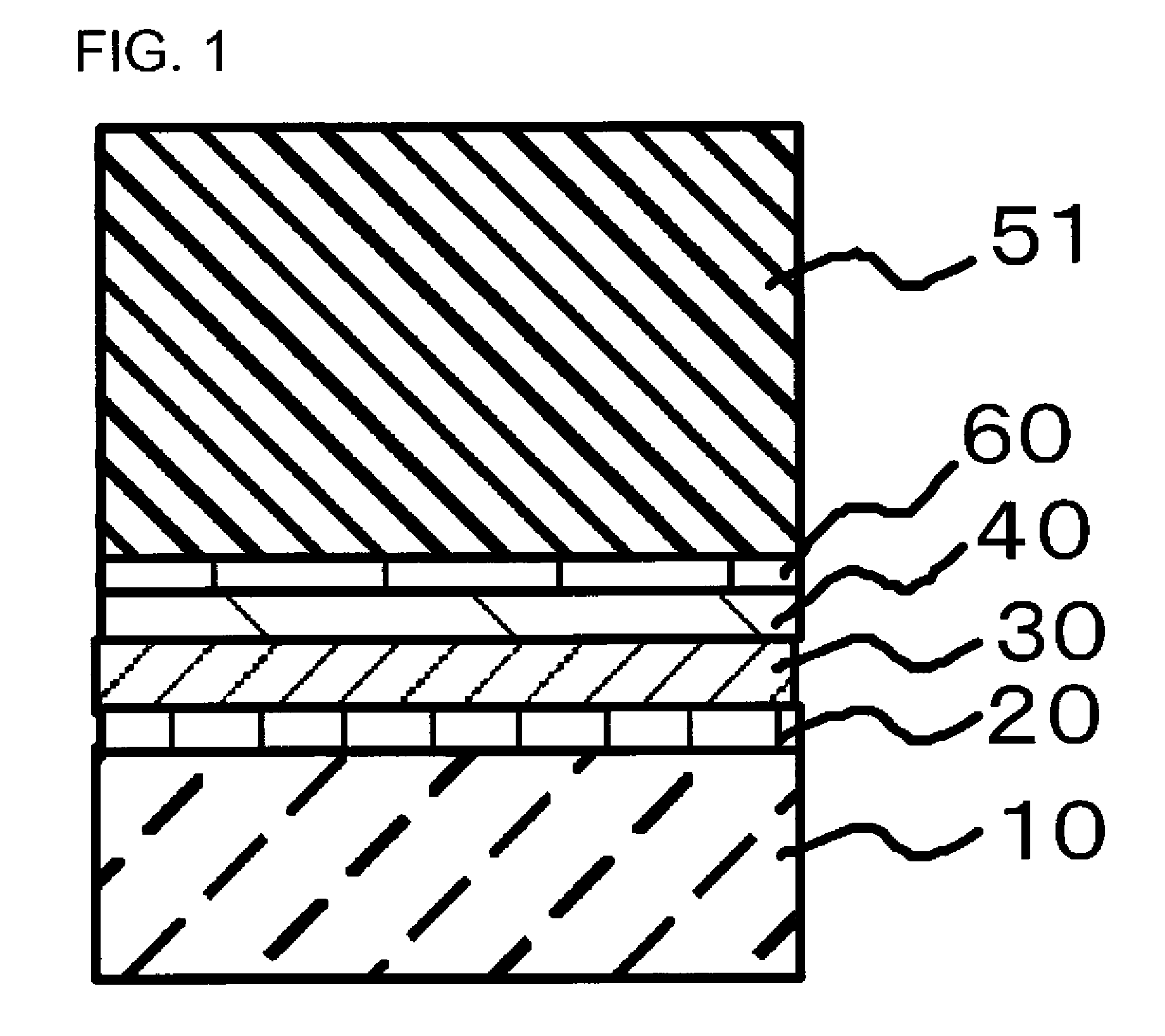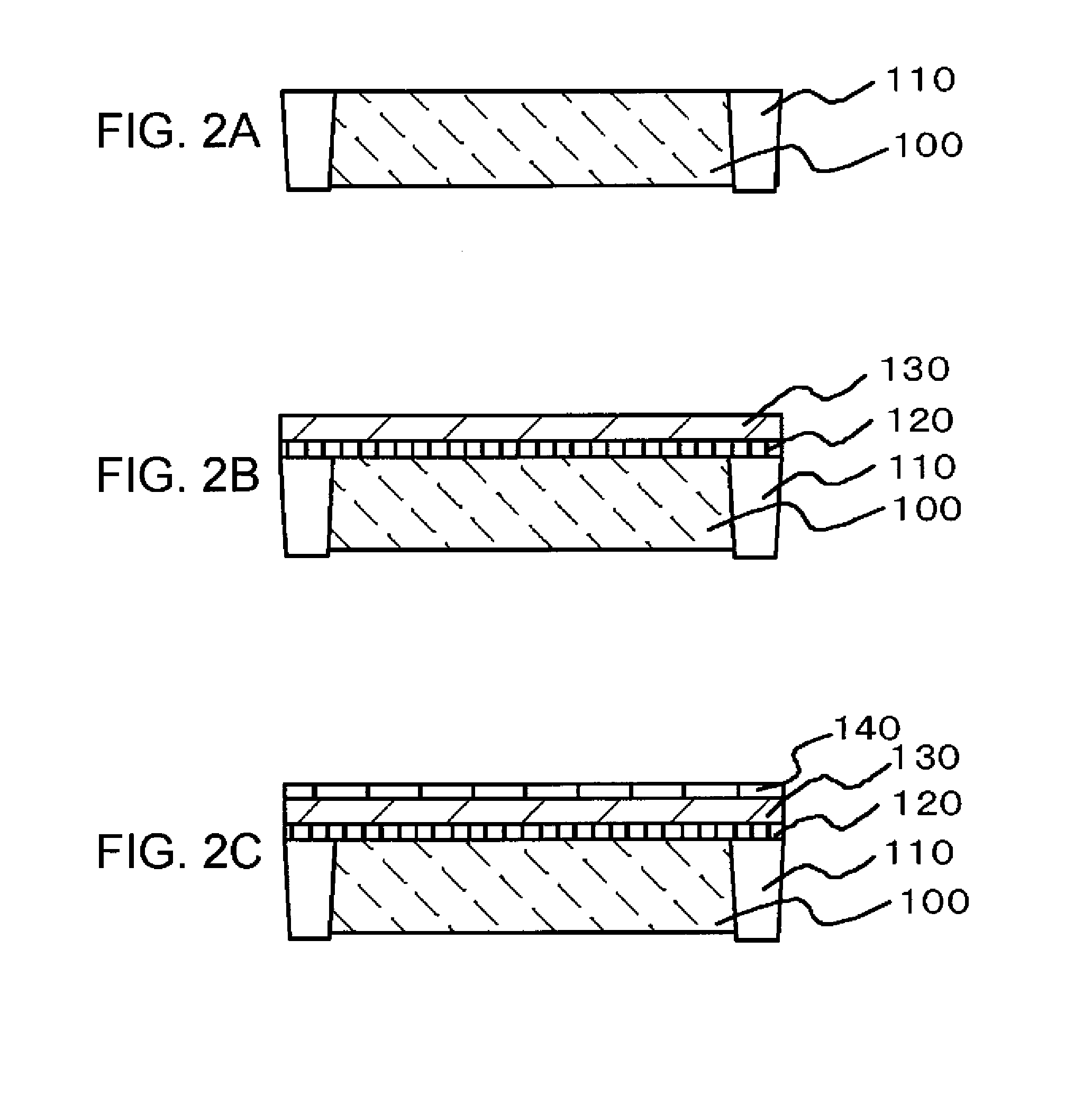Semiconductor device and method of manufacturing the same
a technology of semiconductors and semiconductors, applied in the direction of semiconductor devices, electrical devices, transistors, etc., can solve the problems of difficult control of work functions, inability to solve the above-described problems, and inability to control work functions, so as to prevent the effect of fermi level pinning and reduce the amount of change in work functions
- Summary
- Abstract
- Description
- Claims
- Application Information
AI Technical Summary
Benefits of technology
Problems solved by technology
Method used
Image
Examples
first embodiment
[0050]Aiming at solving the above-described problems, the present inventors have extensively been investigated into a stacked structure of a Hf-containing, high-k gate insulating film and a fully-silicided gate electrode in a semiconductor device, and a method of manufacturing the same. In particular, keeping difficulty in the control of work function inducible by the segregate impurity in our mind, the present inventors have been making special efforts on removing the difficulty in such stacked structure. Preferred embodiments of the present invention will be explained below, referring to the attached drawings. Note that any similar constituents in all drawings will be given similar reference numerals or symbols, and explanations therefor will not be repeated.
[0051]What is brought into our focus was characteristics of the barrier film, and more specifically a balance between the dielectric constant and barrier performance against diffusion of metal.
[0052]As descried in the above, t...
second embodiment
[0102]A second embodiment of the present invention relates to replacement of the NMIS transistor in the first embodiment with a PMIS. A method of manufacturing the PMIS transistor of this embodiment is similar to that described in the first embodiment, except for aspects of difference described below. The aspects of difference relate to that the ion implantation into the channel is carried out using an N-type impurity, that the impurity to be doped into the polysilicon electrode is B, as one example of P-type impurities, and that the conductivity type of the impurities to be implanted into the extension region, the pocket region, and the source / drain regions are inverted.
[0103]The PMIS transistor of this embodiment having the NiSi fully-silicided electrode and the gate insulating film, obtained as described the above, was found to have a work function of the gate electrode of 4.9 eV, as judged from the C—V characteristics. It was also found that the work function of the PMIS transis...
third embodiment
[0107]A third embodiment of the present invention is different from the above-described first and second embodiments, in that the substrate is not heated in the process of forming the barrier film, but instead annealed in an oxidation atmosphere gas, after the SiC target was sputtered in reactive sputtering in a non-oxidation atmosphere gas. Any other processes in the third embodiment are same as those in the first and second embodiments, as illustrated in FIG. 2A to FIG. 5B.
[0108]Aspects of the third embodiment, different from those in the first and second embodiments, will be explained below referring to FIGS. 6A and 6B.
[0109]After completion of the process illustrated in FIG. 2B, the SiC target was sputtered in an Ar atmosphere by DC sputtering, to thereby form a SiC film 340 of 0.3 nm thick on the HfSiON film 130 (FIG. 6A). The substrate herein was not heated. The compositional ratio of carbon in the finally obtainable SiOC film was found to be approximately 15 atm %, which was ...
PUM
 Login to View More
Login to View More Abstract
Description
Claims
Application Information
 Login to View More
Login to View More - R&D
- Intellectual Property
- Life Sciences
- Materials
- Tech Scout
- Unparalleled Data Quality
- Higher Quality Content
- 60% Fewer Hallucinations
Browse by: Latest US Patents, China's latest patents, Technical Efficacy Thesaurus, Application Domain, Technology Topic, Popular Technical Reports.
© 2025 PatSnap. All rights reserved.Legal|Privacy policy|Modern Slavery Act Transparency Statement|Sitemap|About US| Contact US: help@patsnap.com



